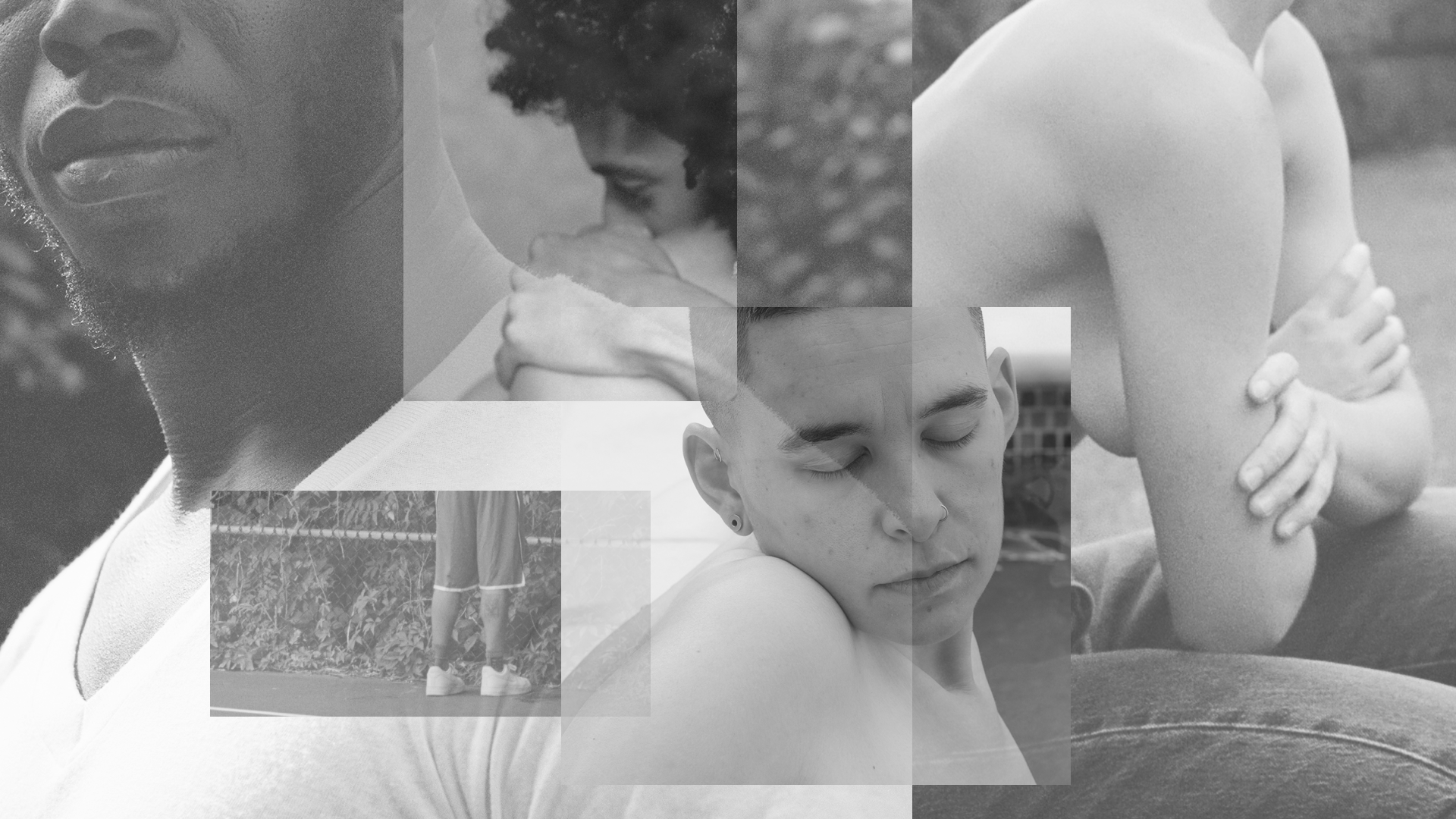
Ten Thousand Ways of Going Both Ways
Four men—and a chorus of masculine voices—share their histories with bisexuality and experiences as Feeld Members.
Download Feeld

We’re looking at masculinity as a quality seen through expressions. Masc Off is our week dedicated to expressions of masculinity as a quality. Has there ever been a better time to ask the big questions? Like: What, exactly, is a man? What was masculinity, and what could it become? In this series, our contributors pull apart the tenuously constructed structure of masculinity to unearth what lies beneath the masc.
Many, many years ago I was talking to the smartest woman I’ve ever worked with, an editor at a small fashion magazine, who had spent a long time before that as a vintage picker. She would go through piles and piles—quite literally warehouses full—of discarded clothing items, looking for something that was old enough to look new.
As a result of this experience she knew more about history, culture, and community than anyone I had ever encountered, before then or since, and she also had an endless capacity for wanting to learn more about what she didn’t yet know. Perhaps this was 2010 or 2011 when we were talking specifically about her belief that the word “androgynous,” as it was then used in the fashion industry, was essentially meaningless—other writers and editors used it when they should have been saying that an item of clothing or a look was, in fact, masculine. At the time there was a resurgence around Yves Saint Laurent’s famous Le Smoking suit, a simple yet dramatic black tuxedo that he put on his womenswear models. As she pointed out, fashion vocabulary was only willing to think of a challenge to gender as something beautiful or desirable when it was a traditionally feminine woman dressed like a masculine man. True androgyny would not even be the reverse (although that would happen many years later, and I would think of this conversation every time I encountered an image of a masculine man wearing a skirt). Rather, we needed a culture where all our ideas of gender were exposed as simply long-held assumptions and concepts that could always be challenged, or changed, or disregarded entirely in service of some visionary approach, or a new way of being.
Today, we increasingly find this willingness to see differently, in fashion and otherwise. In the decade-plus since the conversation I’m describing, we’ve seen tremendous cultural shifts around ideas about gender, sex, beauty, and fluidity. We are, collectively, still doing much of the same work that reminds me of the image of a person sifting through a massive pile of clothes: picking up and turning over all the materials we’ve been left with, still deciding what to keep and how to make it beautiful, what to let go of and what to leave in the past.
This week on Feeld, we’re turning to masculinity as a quality: an idea made most real in its expressions, whether those are seen, heard, read, or felt. Our contributors have taken portraits, and discovered their own images to share; they’ve considered the pull of wanting, and the shape desires take on their own as well as through decisions. This is a week about looking, seeing, and wondering how masculinity exists in our present moment, recognizing the history we have inherited, and undergoing the process of envisioning futures to come. Join us, and tell us what you think.

Four men—and a chorus of masculine voices—share their histories with bisexuality and experiences as Feeld Members.

It can be quite difficult to know, as we tend to only wonder once it’s turned toxic. For answers, we turned to 5 photographers, experienced in the art of expressing the masculine.

From being boys together in girlhood, to before and behind the camera.